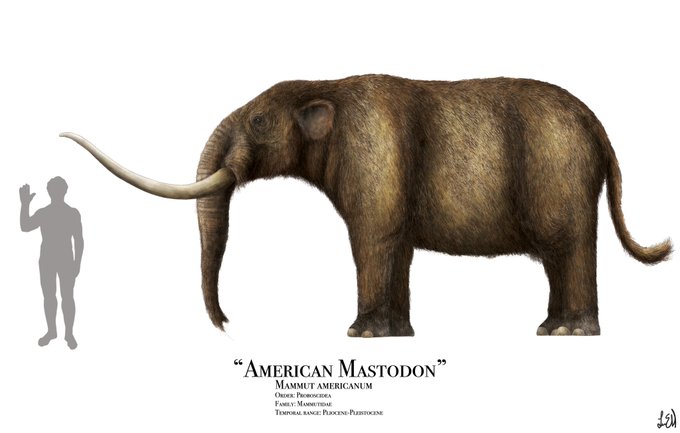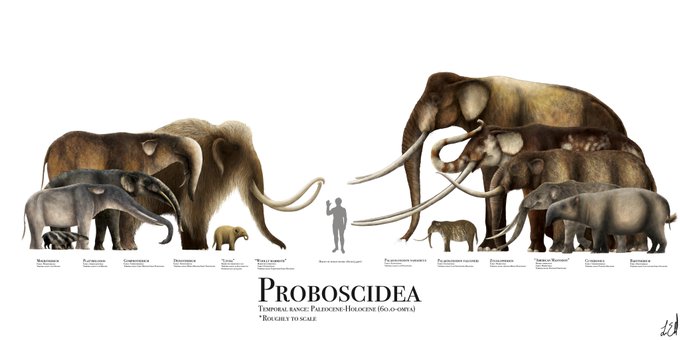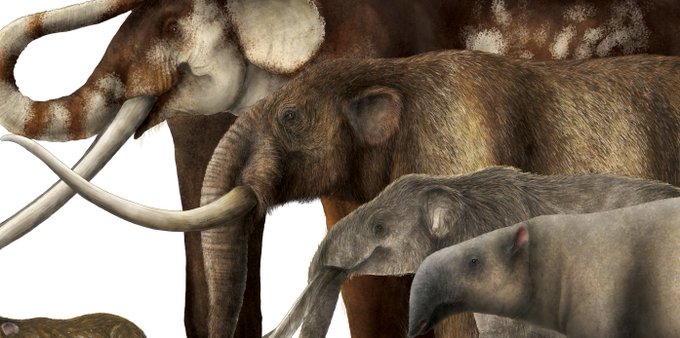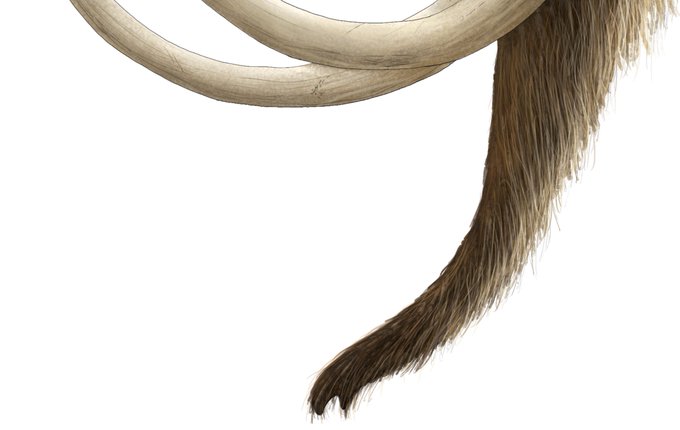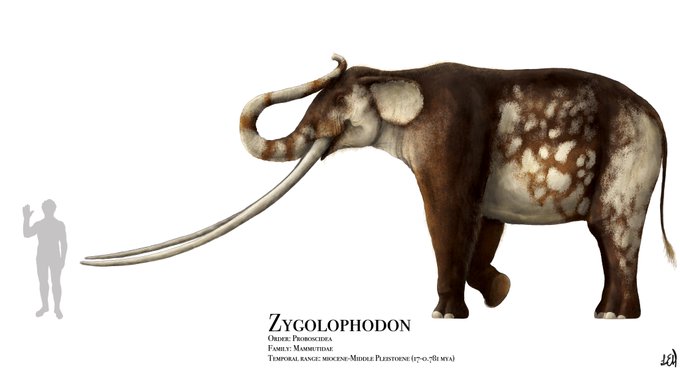PROBOSCIDEAのTwitterイラスト検索結果。 80 件中 4ページ目
WIP (Work In Progress): Fossil Fracas related elephants may be my most prolific work, but I've also been working on more realistic renders of elephants. Pictured here, a prototype poster layout for my Forest Elephant.
#sciart #elephants #africanelephant #proboscideans
Proboscideans have a long evolutionary history. They first appear around 60 million years ago in North Africa and were quite small. By ~37 million years ago, proboscideans like the hippo-like Moeritherium which didn’t have a trunk or tusks had evolved #WorldElephantDay
Tomorrow is #WorldElephantDay! So I thought I'd dig up this old project I never finished. Some semi-caricatured fossil elephants hangin' out. First pic is a mock up of what i wanted to do originally.
#paleoart #elephants #extinct #mammals #proboscideans #digitalart
Last but not least, another more basal member of the group: Barytherium. Rendered here basically as a realistic version of the Pokémon "Drowzee" https://t.co/TKQ0FPstoH #SciArtTweetstorm #proboscidea #paleoart #fossils #prehistory #naturalhistory #animals
My most detailed entry into the Proboscidea series was the American mastodon. I painted as much of the fur as possible. https://t.co/PhJrTVUk21 #SciArtTweetstorm #paleoart #paleontology #scientificillustration
Palaeoloxodon falconeri is a great example of the crazy size disparity that can occur within the same genus. I didn't know this extreme was possible for mammals https://t.co/x52Tj8s0aH #SciArtTweetstorm #proboscidea #paleontology #scientificillustration
The longest tusks ever belong to this behemoth, Zygolophodon. https://t.co/LxAvWnI9IX
#SciArtTweetstorm #sciart #scientificillustration #paleoart #proboscidea #paleontology
Aaand the biggest proboscidean ever, the massive Palaeoloxodon namadicus. This one I can really hear the elephant-like rumble every time I look at it. https://t.co/rL3HgZ2cs0 #SciArtTweetstorm #paleoart #proboscidea #paleontology
Very rough first attempt at a size chart here, I pretty much eyeballed it based on skeletals, etc. Mostly wanted to see what they all looked like together! #paleoart #paleontology #sciart #scientificillustration #fossils #mammoth #elephant #Proboscidea
My FINAL proboscidean is Mammuthus primigenius, aka the woolly mammoth. This is one of the most popular of extinct organisms, serving as the iconic "mascot" to the Cenozoic. It is characterized by its instantly recognizable shaggy coat and long, strongly-curving tusks. #paleoart
I chose a different pose than typical proboscidean reconstructions, because those trunks were highly flexible, mobile and dextrous appendages and I think that's important to note.
I set out to reconstruct the basal proboscidean Barytherium, but ended up channeling my inner @arvalis and accidentally made a realistic Drowzee
You vs the proboscidean she tells you not to worry about #paleoart #paleontology #sciart #scientificillustration
#WorldElephantDay #ProboscideanTwitter Mammoths & Mastodons in Indiana @IndianaMuseum https://t.co/F4KZ6nnc9H
Gomphotherium is an extinct genus of proboscidean that lived during the early Miocene in North America.











